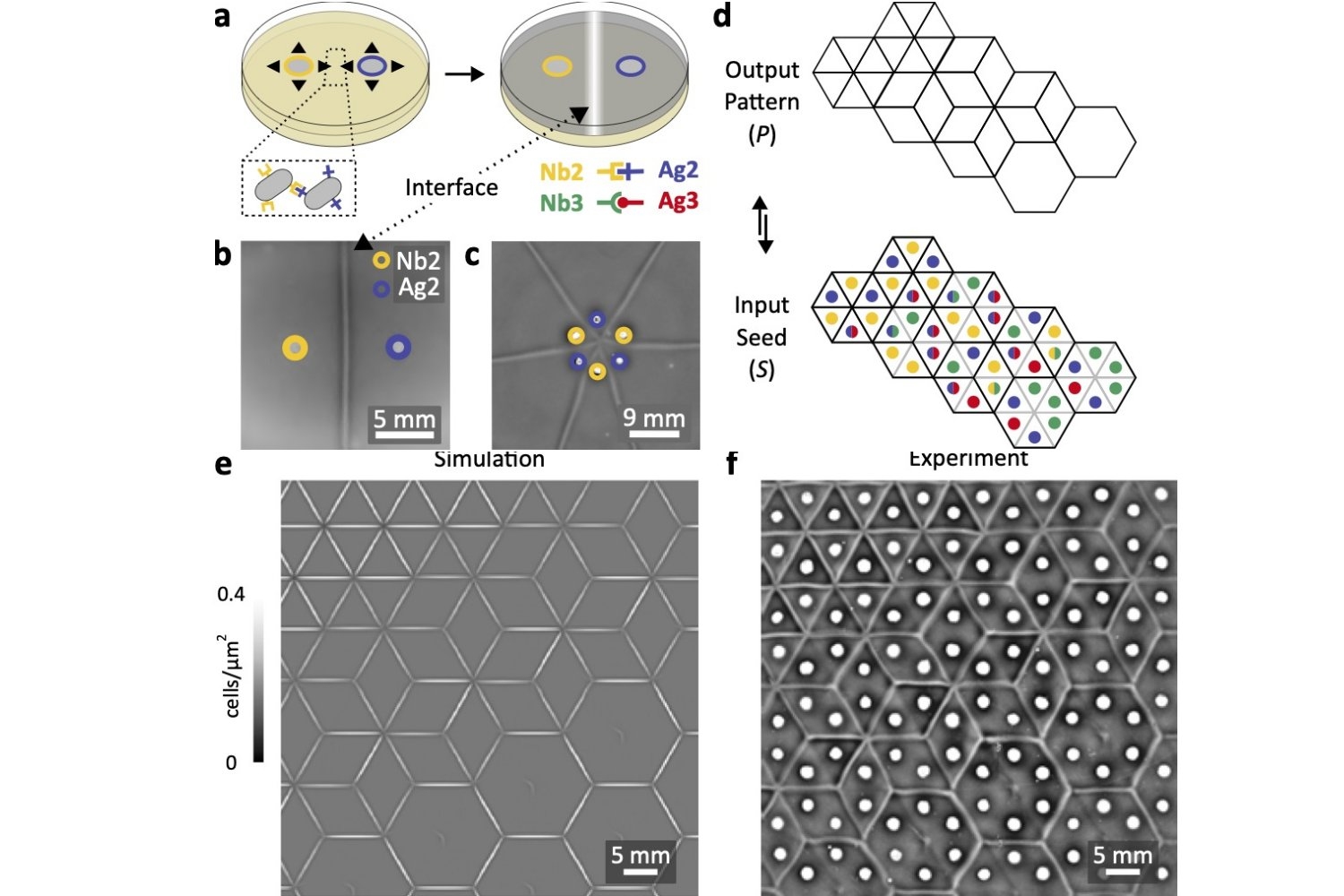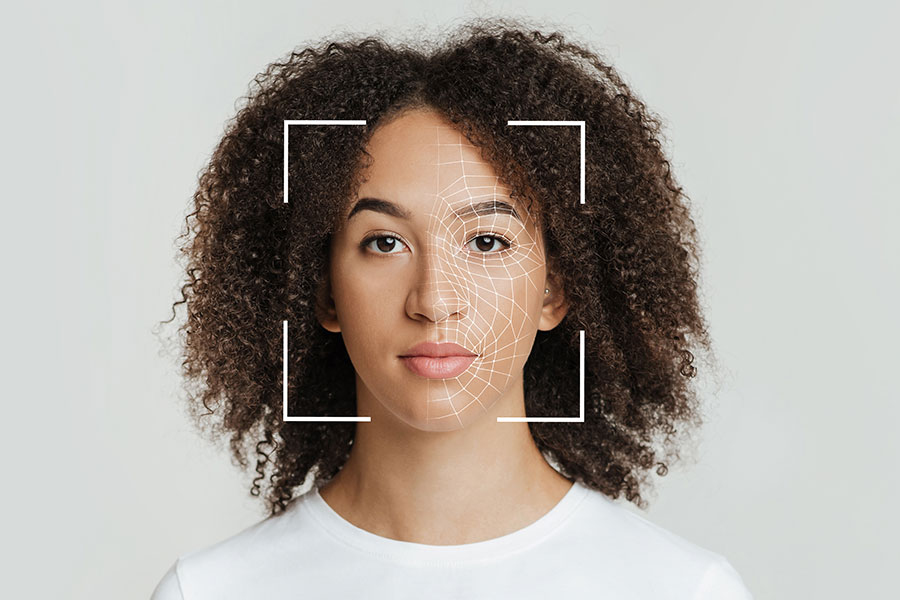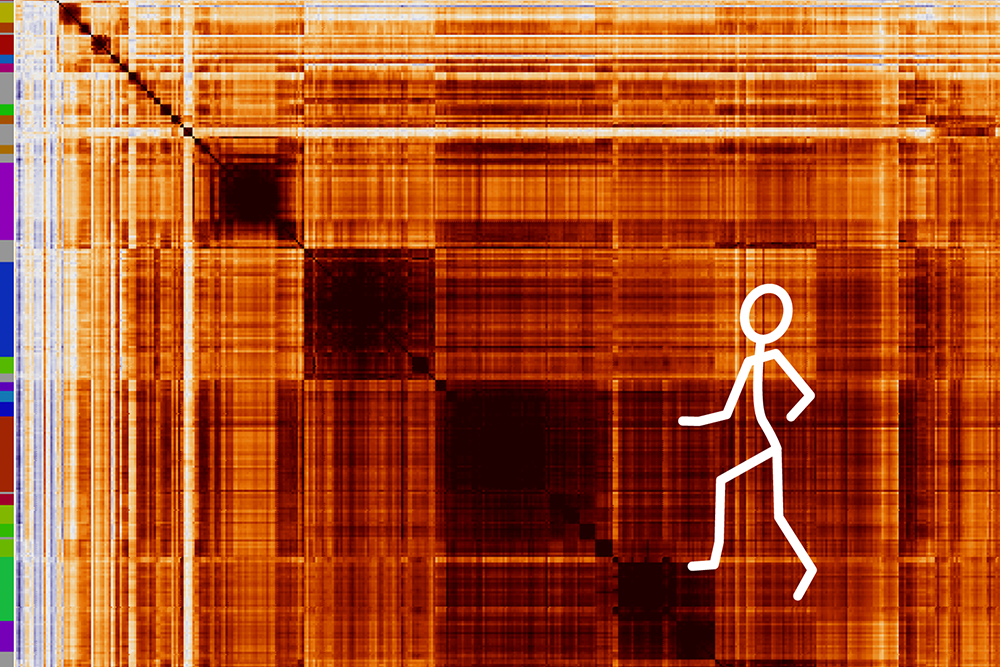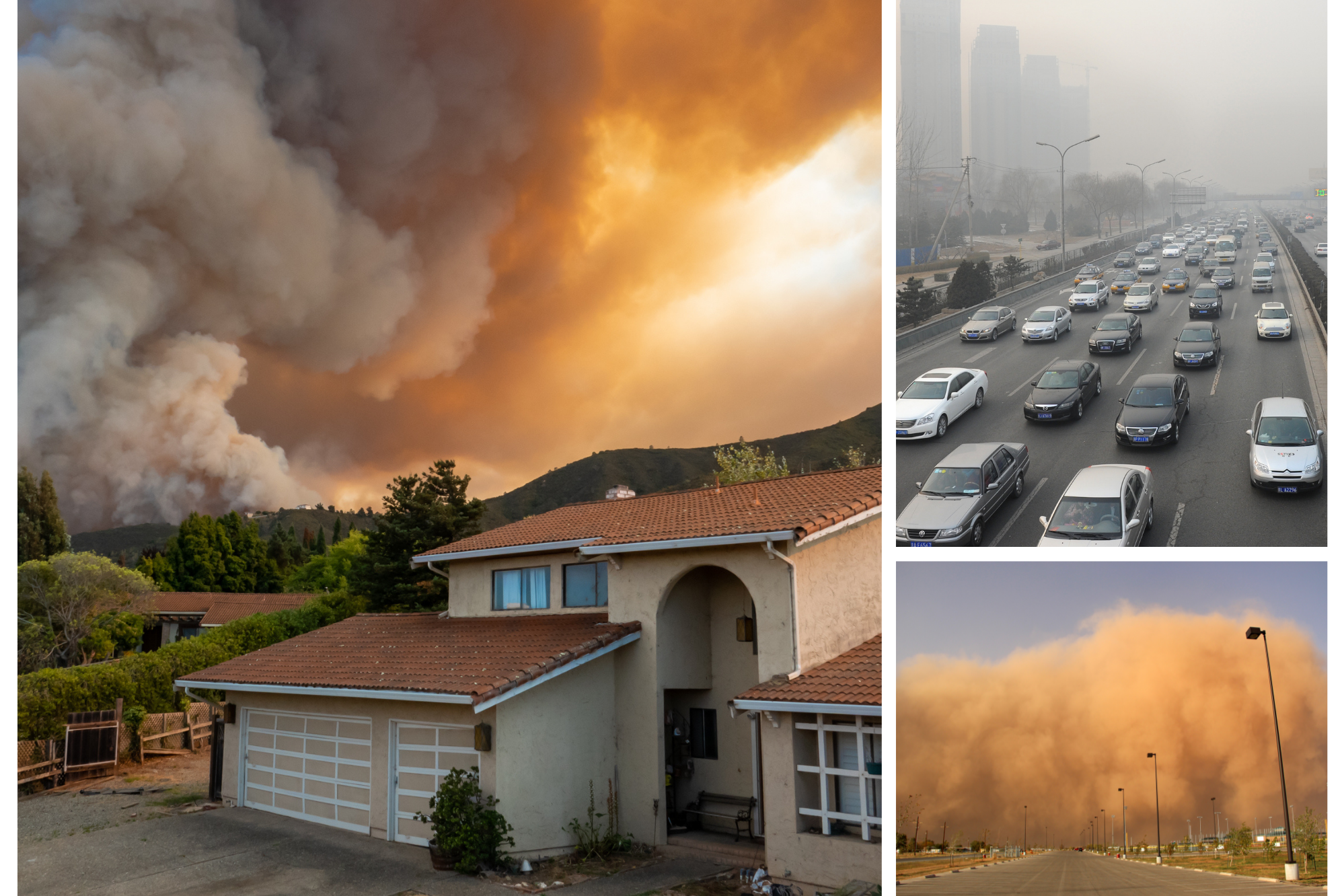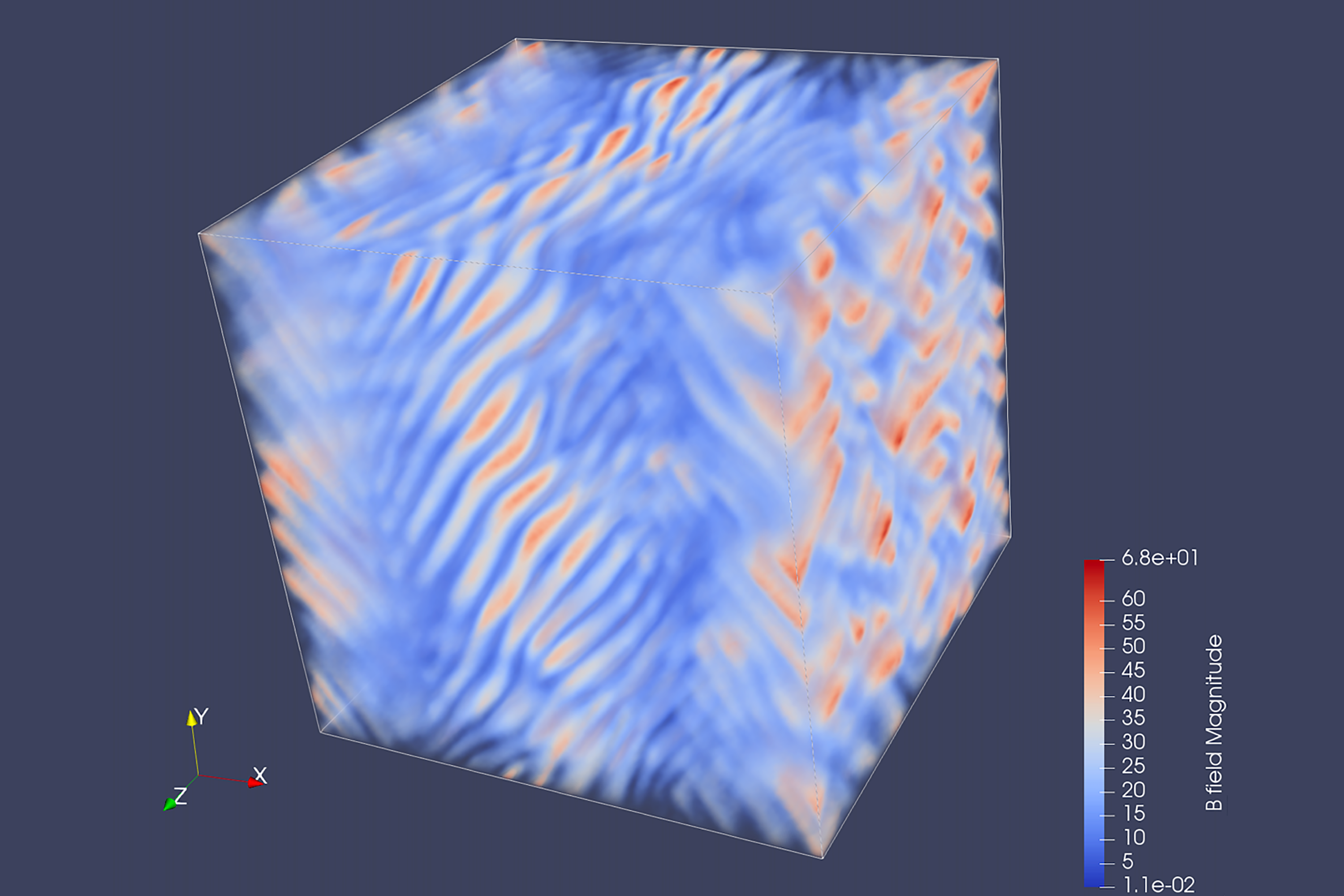New J-WAFS-led project combats food insecurity
The Jameel Index for Food Trade and Vulnerability — a project supported by Community Jameel — will study the implications of climate change on food security as they relate to trade.
Carolyn Blais | Abdul Latif Jameel Water and Food Systems Lab •
mit
Aug. 9, 2022 • ~9 min
Aug. 9, 2022 • ~9 min
What the controversial 1972 'Limits to Growth' report got right: Our choices today shape future conditions for life on Earth
A 1972 report warned that unchecked consumption could crater the world economy by 2100. Fifty years and much debate later, can humanity innovate quickly enough to avoid that fate?
Matthew E. Kahn, Provost Professor of Economics and Spatial Sciences, USC Dornsife College of Letters, Arts and Sciences •
conversation
July 12, 2022 • ~10 min
July 12, 2022 • ~10 min
What are digital twins? A pair of computer modeling experts explain
A digital twin is to a computer model as live video is to a still photo. These virtual replicas can be used to understand and make predictions about a wide range of complex systems, including people.
Nalini Venkatasubramanian, Professor of Computer Science, University of California, Irvine •
conversation
June 1, 2022 • ~4 min
June 1, 2022 • ~4 min
/
18

